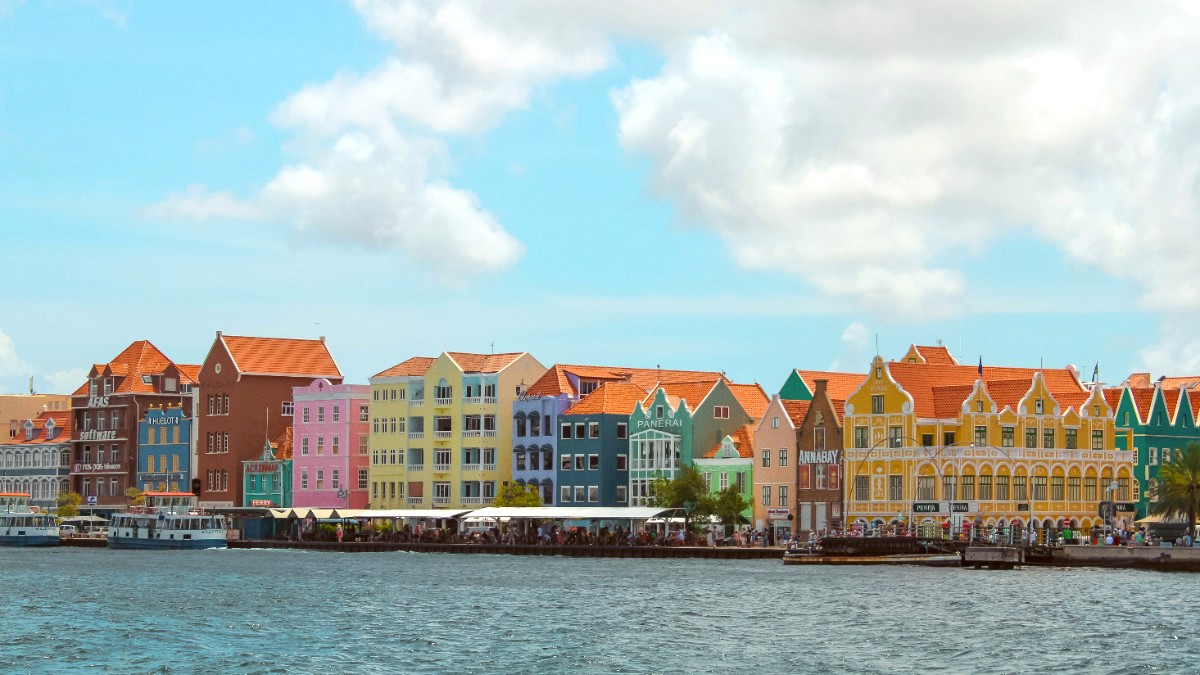
Aruba Bonaire And Curacao
Bonaire operates without a structured public bus or metro system. This means scheduled routes and designated stops are non-existent. The concept of route maps and important hubs does not apply to Bonaire's transportation landscape.
Ticketing systems and fare options for public transit do not exist. Hours of operation and frequency are not relevant, as there is no formal public transit schedule. Accessibility information concerning public transit is not applicable. Relying on public transportation is not feasible for exploring Bonaire. Visitors consider other options for getting around.
Public transport lacks predefined routes.
There are no established fare options.
Consider walking, cycling, or rentals instead.
Airport, hotels, by phone.
White vans with "Taxi" signs.
Fixed rates for common routes.
Not available.
Renting a vehicle offers the most flexibility and convenience for exploring Bonaire, especially for divers.
Drive on the right. Speed limits in km/h: 40 km/h (25 mph) in residential, 60 km/h (37 mph) outside towns, 80 km/h (50 mph) on main roads. Mobile phone use while driving is illegal.
Main roads are paved and generally well-maintained. Roads to some dive sites and within Washington Slagbaai National Park can be unpaved, rocky, and call for caution. Higher clearance can be useful.
Generally, ample free parking is available throughout the island, especially at dive sites and attractions. In Kralendijk, street parking might be limited, but paid parking lots are available.
Walking and cycling offer pleasant ways to explore certain areas, especially Kralendijk.
Several tour operators offer guided island tours. No formal hop-on-hop-off bus services are available.
Explore with a local guide.
Water taxis operate regularly between Kralendijk and Klein Bonaire. Klein Bonaire is ideal for snorkeling and pristine beaches.
Access offshore island easily.
Accessibility infrastructure in Bonaire is limited. Many establishments and sidewalks may not be fully accessible for travelers with mobility challenges.
Contact providers in advance.
These images illustrate the methods of transport for exploring Bonaire's unique landscapes.
A flexible way to tour the island's scenic roads.
Access to the pristine beaches and reefs of Klein Bonaire.
The favored transport for divers to shore dive sites.
For optimal freedom and access to Bonaire's dive sites and natural parks, renting a vehicle is the way to go.
The island's compact size and clear roads make self-driving a pleasant experience.